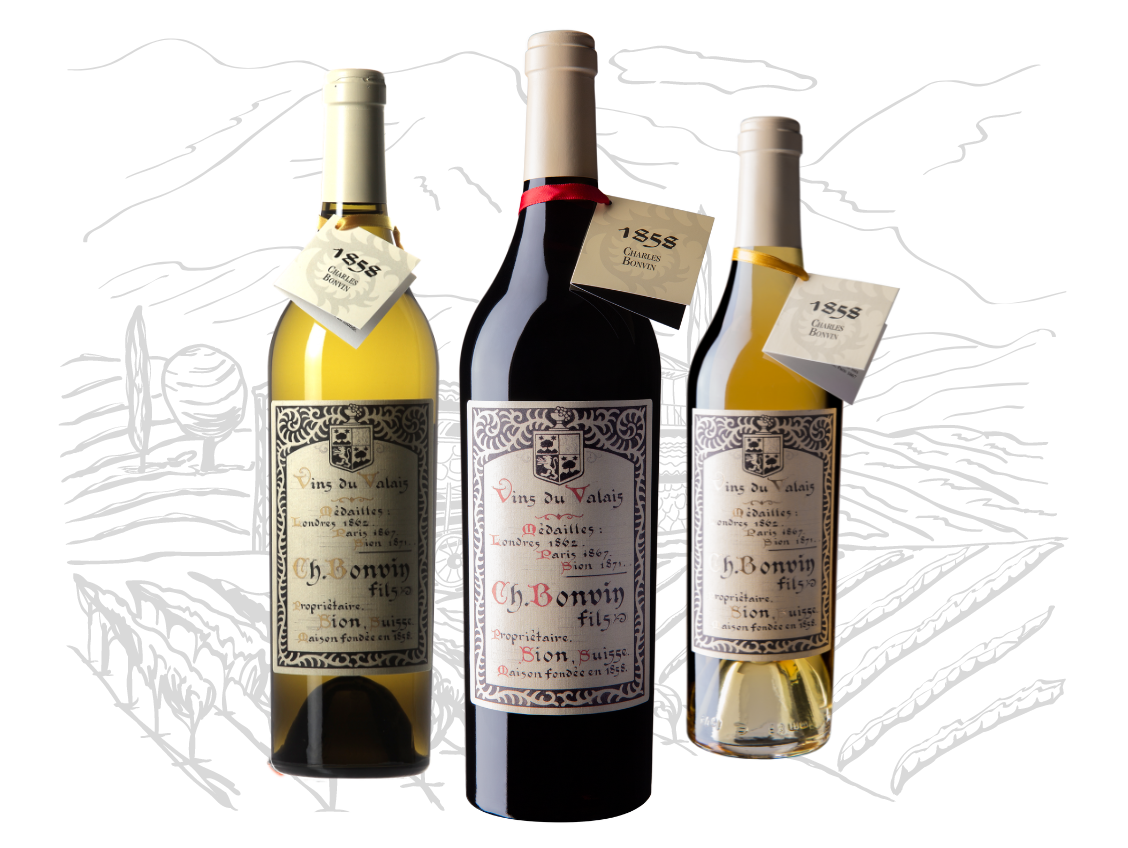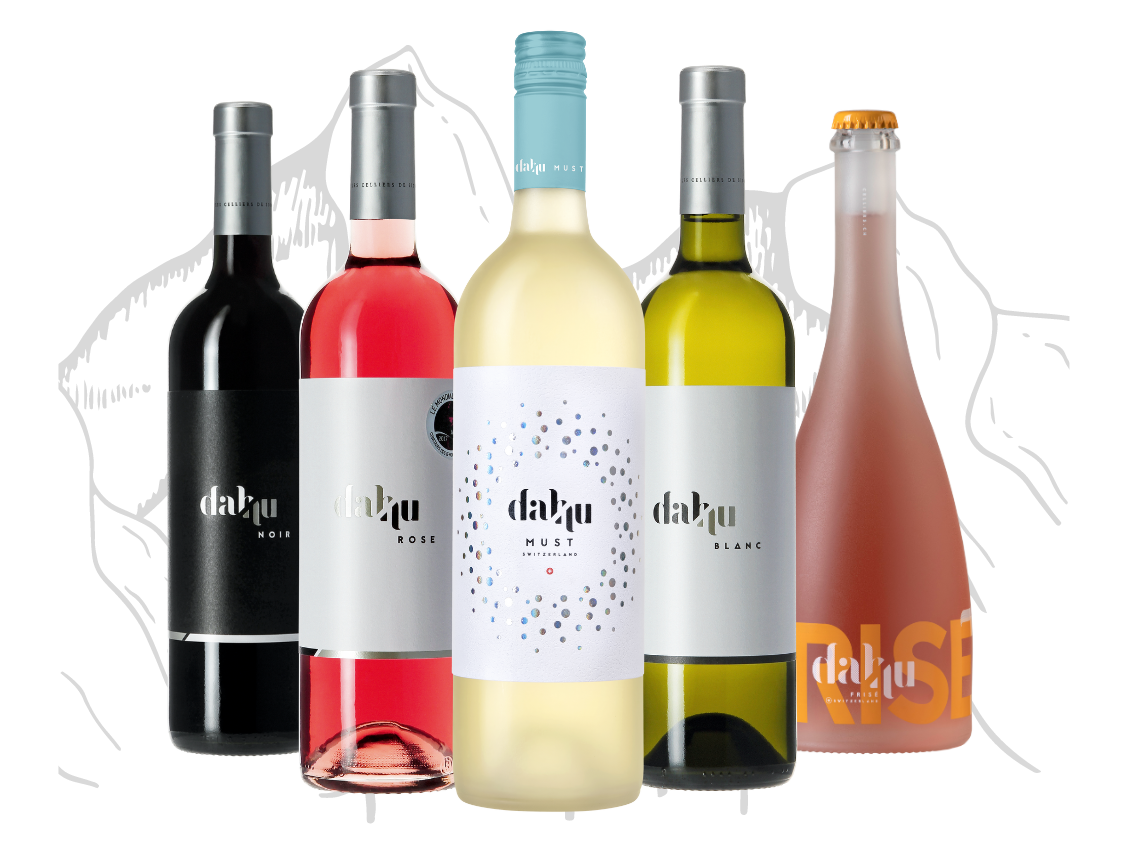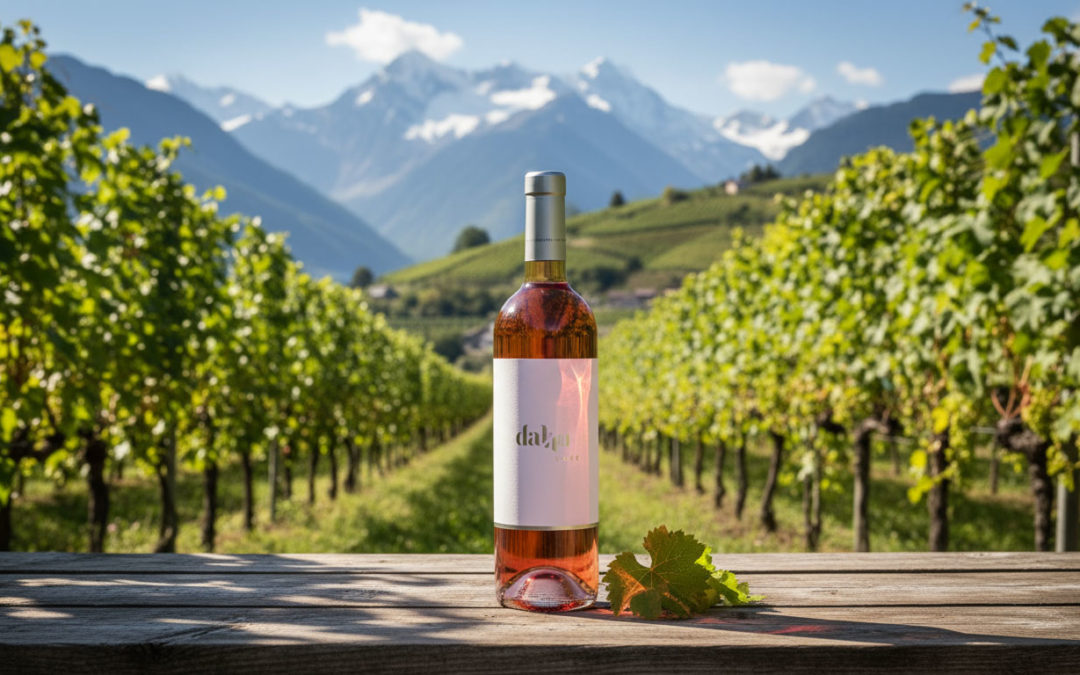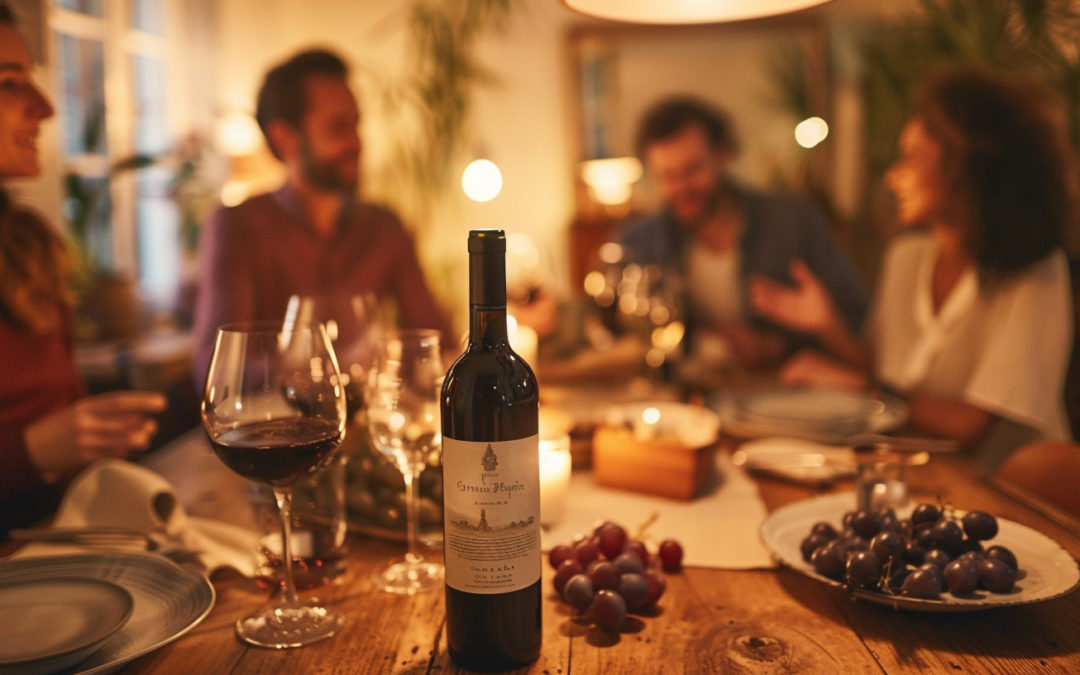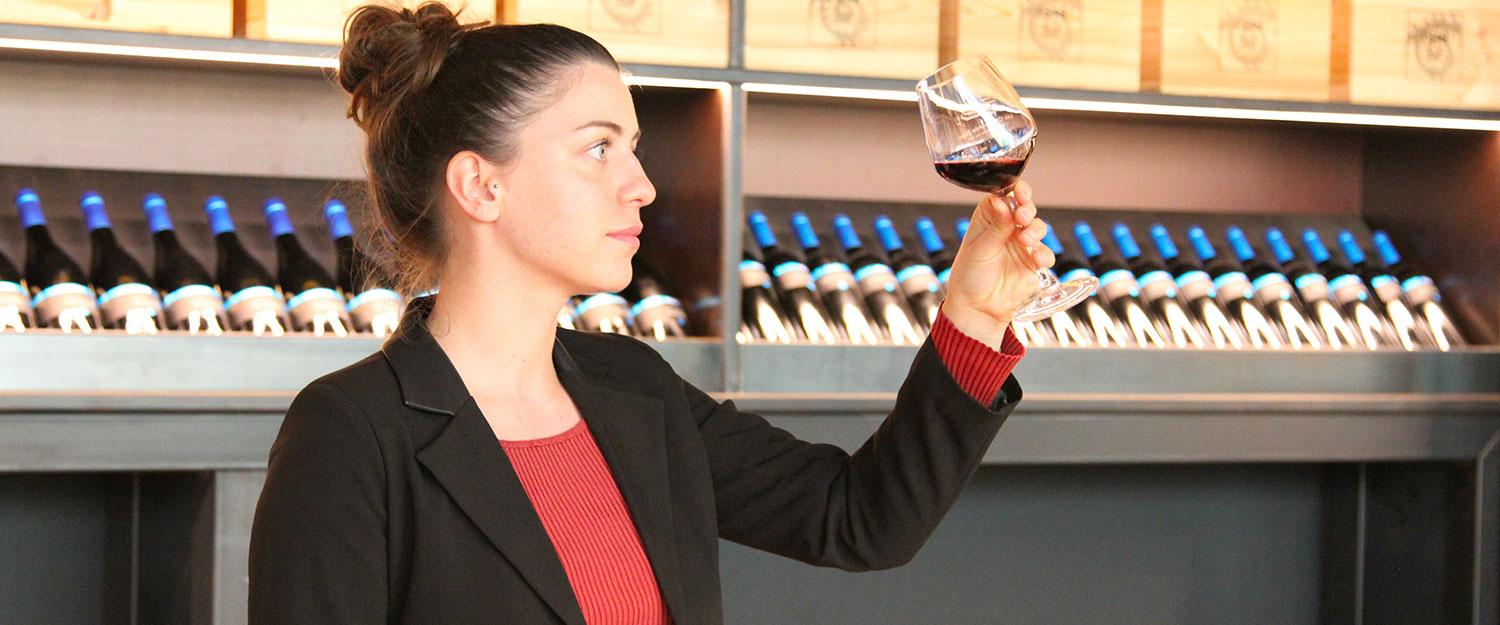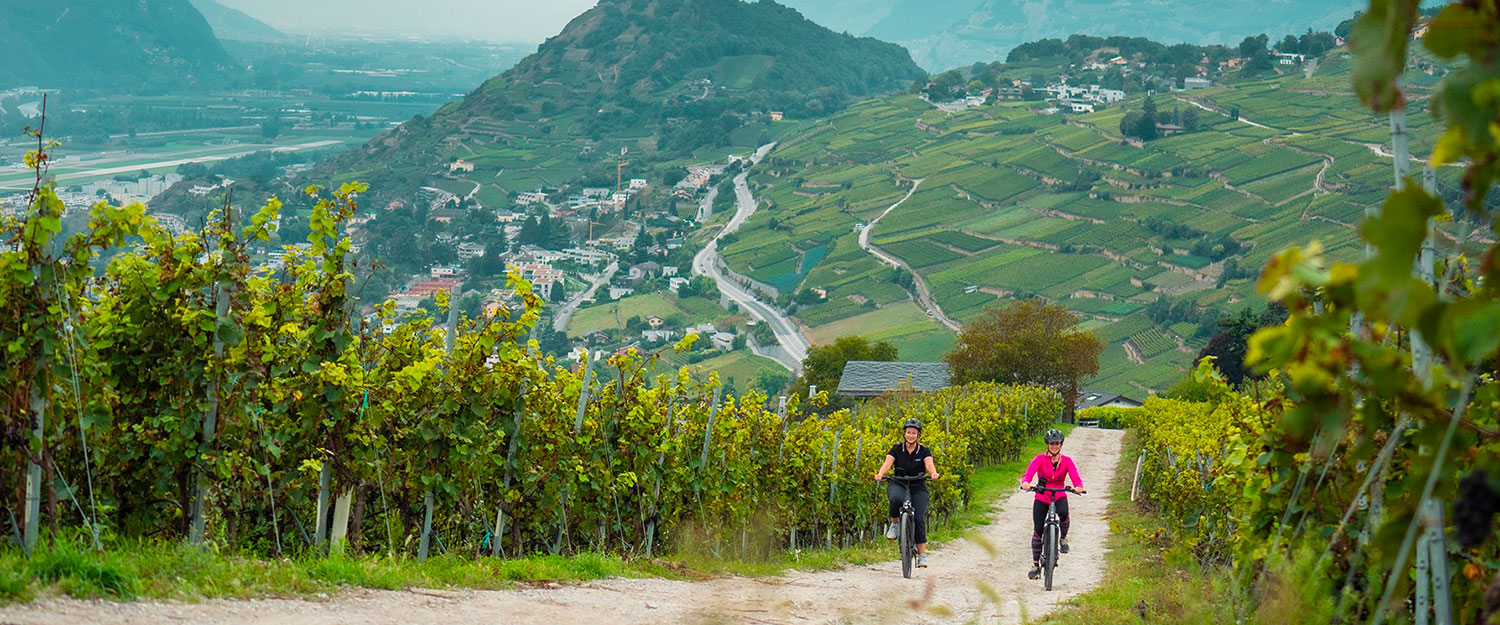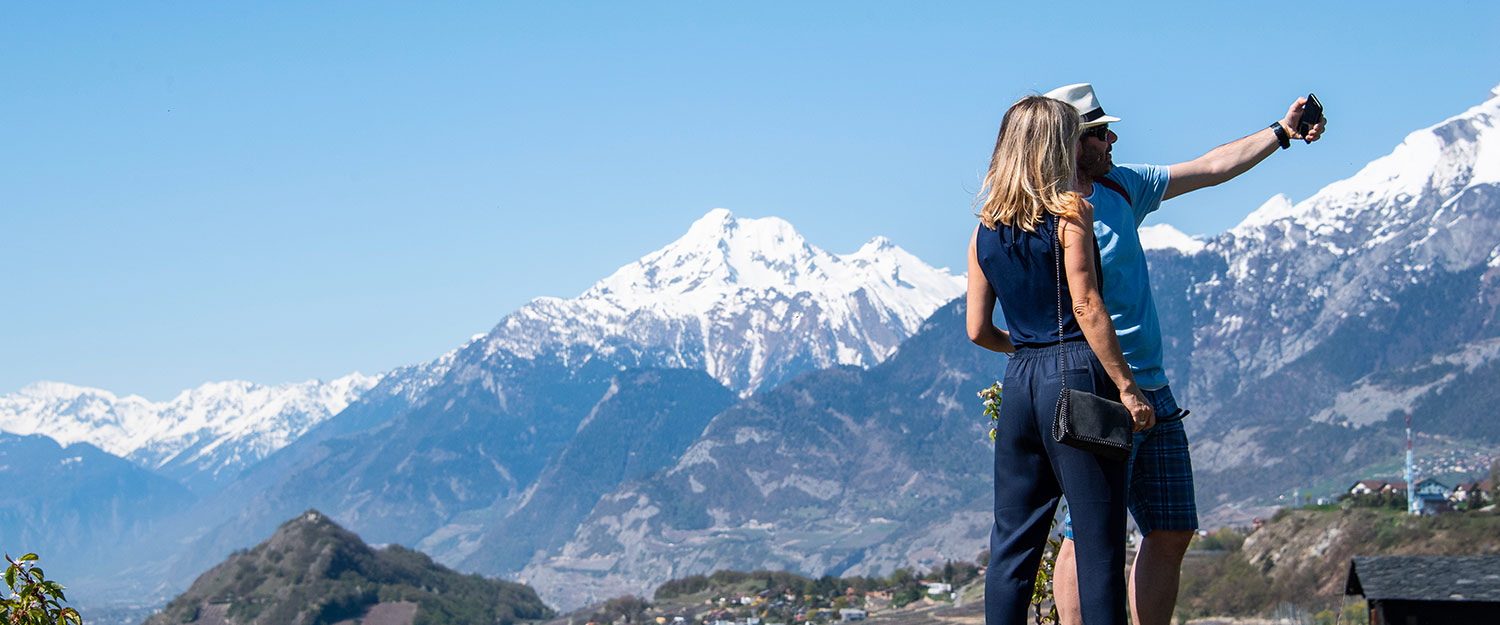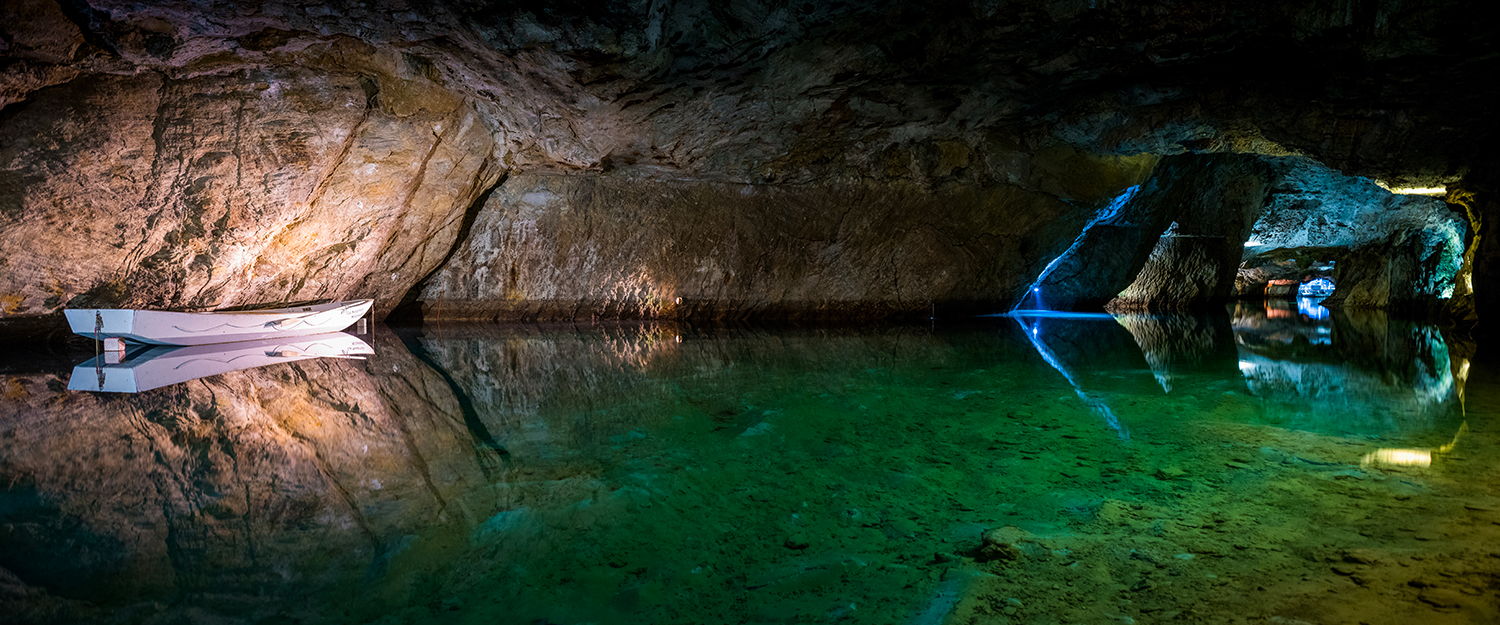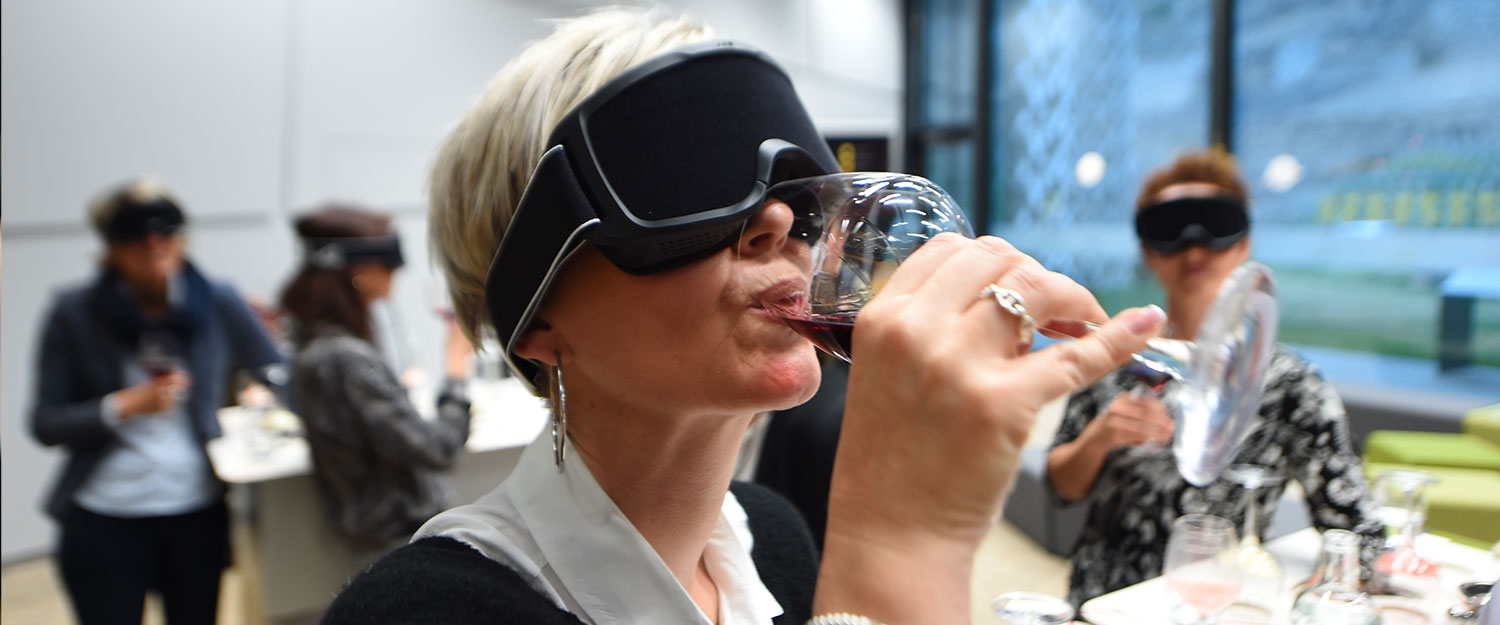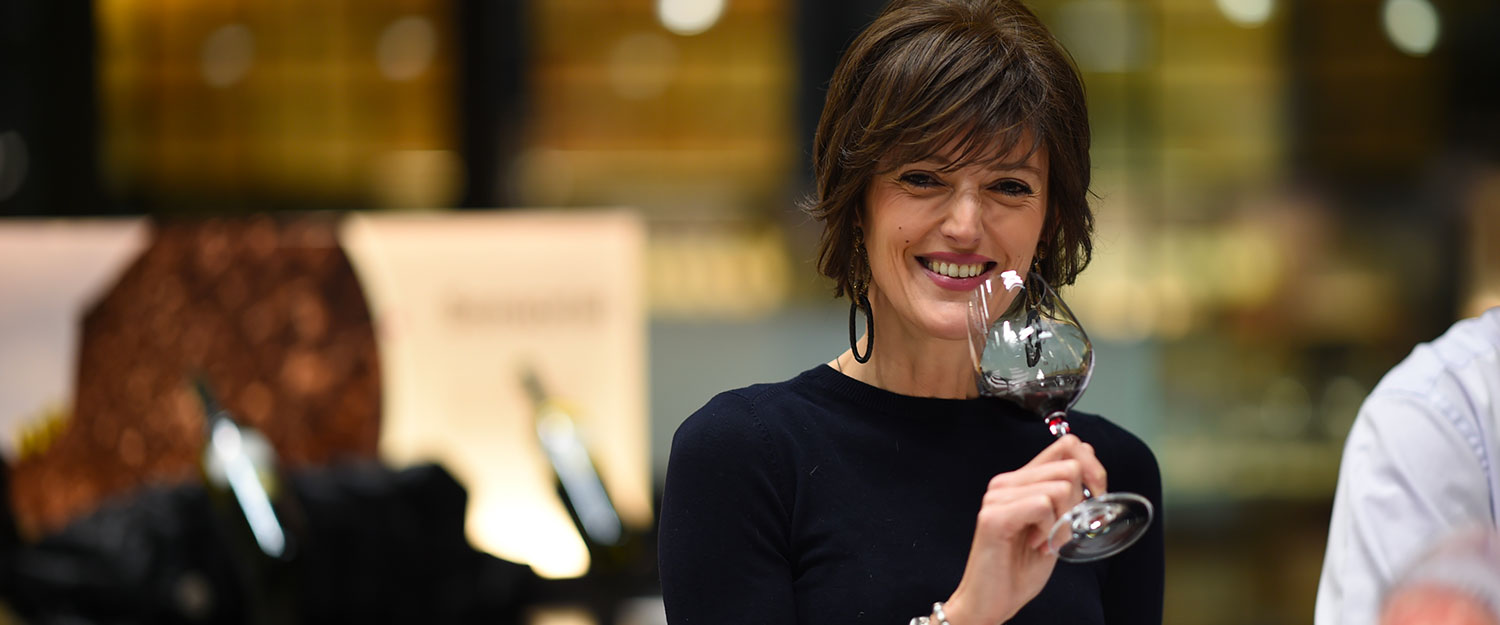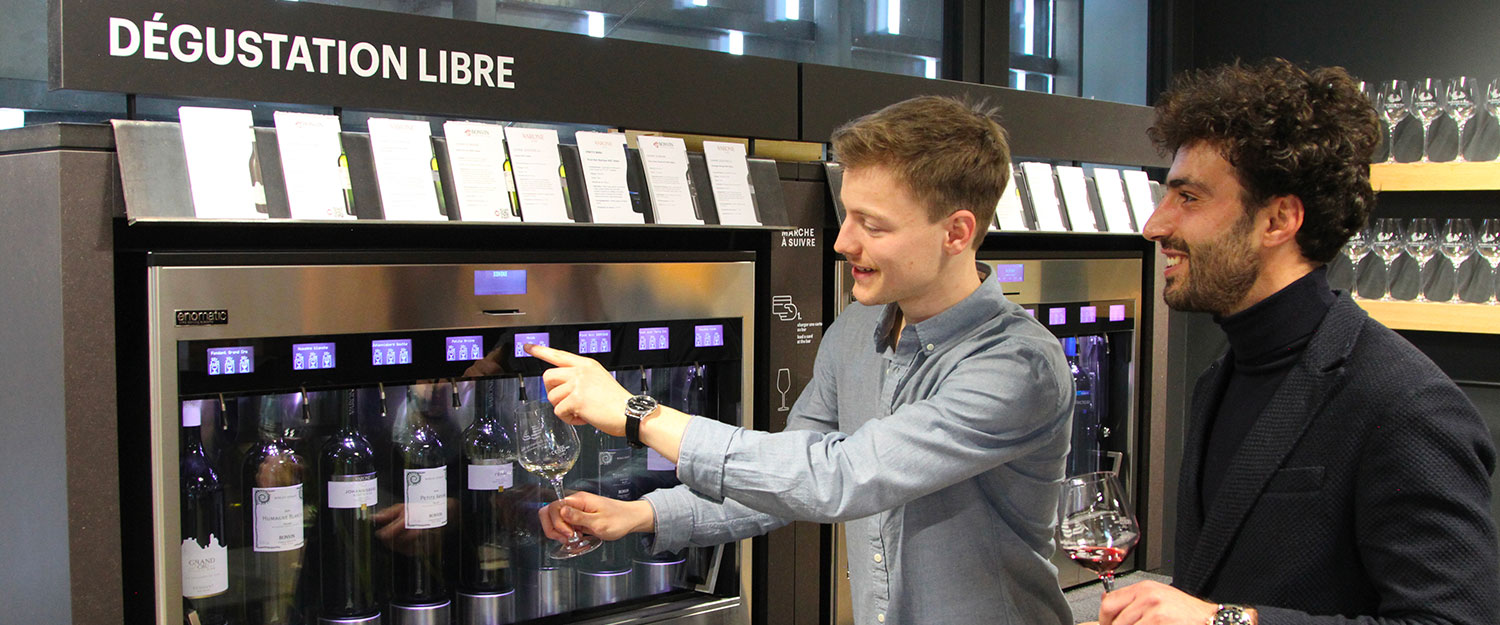It’s well known that Fendant is the most widely drunk white wine in the Valais. Yet few people really know the origins of Fendant. Where does it come from? Why this name?
If you like to enjoy a drink while knowing its history, you’ve come to the right place.
A centuries-old history: from the birth of Fendant to its recognition
Fendant takes its name from the peculiarity of a type of Chasselas whose ripe grape skin cracks under finger pressure. But it’s more than just a wine, it’s the story of a grape variety that has found a home in the Valais.
The first traces of Chasselas
It has long been claimed that Chasselas, from which Fendant is derived, originated in Egypt or Asia Minor. However, recent DNA research now confirms that this grape variety originated in Switzerland, more specifically in the Lake Geneva region. Archival documents mention it as far back as the 15th century. But cultivation of this grape variety in the Vaud region goes back much further.
It’s no exaggeration to say that Chasselas has deep roots in the history of Swiss vines and wines.
In the Valais, written records date back to 1627, but it was not until the 19th century that this grape variety came into its own in the Valais.
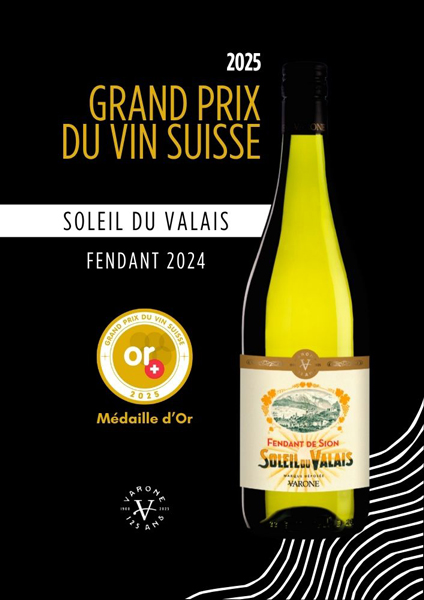
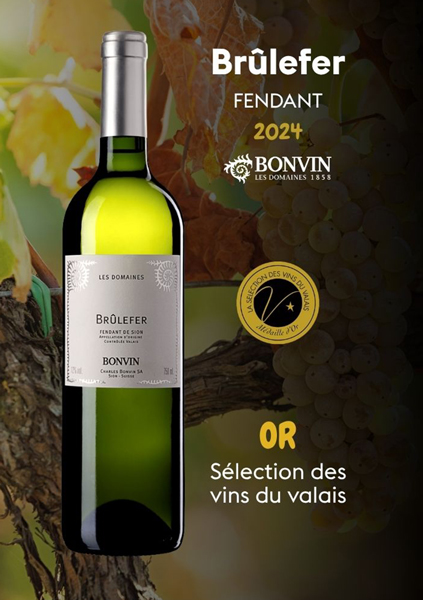
The origins of Fendant, from tradition to appellation
Until the 19th century, Valais wine was mainly consumed locally. But the arrival of the railroad in Sion in 1860 and the development of new means of transport led to a remarkable commercial boom. From then on, the vineyards expanded considerably. The phylloxera crisis further accelerated this trend, and the Valais vineyards increased from 1140 ha in 1877 to 3520 ha in 1919.
The choice of Chasselas fendant
Valais winegrowers quickly opted for Chasselas fendant, which they felt was better suited to the canton’s climate. They adapted their viticulture to the constraints of more modern production methods. As a result, the versannes were abandoned and the grape varieties changed. They favored so-called “fine” grape varieties, including Fendant, which were easier to market because they were better known in the rest of Switzerland. Native varieties were destined to play only a secondary role.
Vineyard expansion
The dry, sunny climate of the Valais is particularly well suited to vine-growing, and the vineyard continued to expand, reaching 5,300 ha in the 1980s. The Chasselas / Fendant grape was in great demand. In 1991, this variety covered 1875 ha, more than 35% of the total vineyard.
The Valais region has taken such a firm grip on this grape variety that the canton has taken steps to have the Fendant appellation recognized as specific to the Valais. In 1966, the Federal Court granted exclusive use of the Fendant appellation to Valais chasselas wines. By this time, Fendant was considered the Valais wine par excellence.
But this success led to a loss of focus on quality rather than quantity. Fendant is becoming an everyday wine, and customers are turning away from it, especially in German-speaking Switzerland.
The introduction of AOCs
To counter this trend, the canton of Valais decided to take steps to put Valais wines back on the quality track, and introduced the AOC system in 1991.
As a result, not only the origin is protected, but also the quality. To qualify for the AOC Valais appellation, Fendant and all Valais wines must meet new quality standards, such as yield limits and minimum degrees. As a result, Valais winegrowers are happily moving towards quality production. The use of indigenous grape varieties was reintroduced, leading to a significant reduction in the area planted with Chasselas.
Yet Fendant remains the most popular Valais white wine.
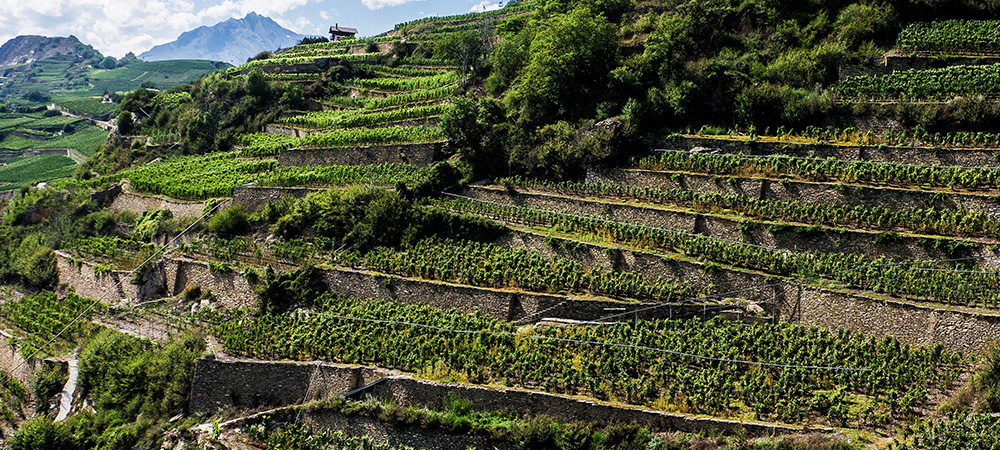
When and how to drink Fendant?
Service and temperature
A perfect aperitif wine, Fendant is best enjoyed chilled (8° to 12° C).
Food and wine pairing
But it’s not just a convivial wine that enhances receptions and festive occasions. It is also the perfect accompaniment to traditional dishes:
- A raclette
- A fondue
- A plate from the Valais
For more demanding gourmets, we recommend serving it with fish from our lakes:
- Perch nets
- Trout
- Féra
Some even claim it’s an ideal companion for sushi.
Fendant never ceases to make us dream.
Fendant at Celliers de Sion
Bonvin 1858 and Varone vins offer a range of Fendant wines from their own vineyards:
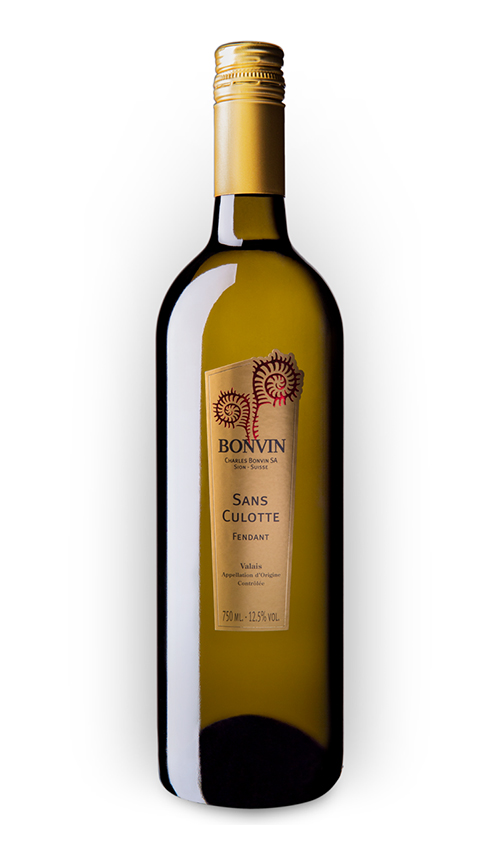
Fendant “Sans Culotte
The aperitif wine par excellence. Fresh and delicious, it’s a real thirst-quenching wine that never quenches. You just can’t get enough of it!

Fendant de Sion “Soleil du Valais
Its seductive minerality fully expresses the exceptional terroir of the Sion vineyards.
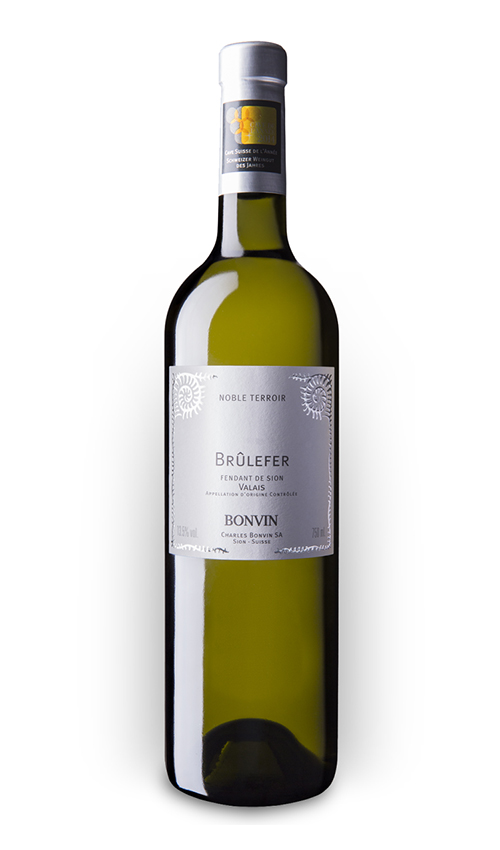
Fendant “Brûlefer
An estate wine located on the hill of Clavau, above the bisse. Exceptional exposure and terroir.
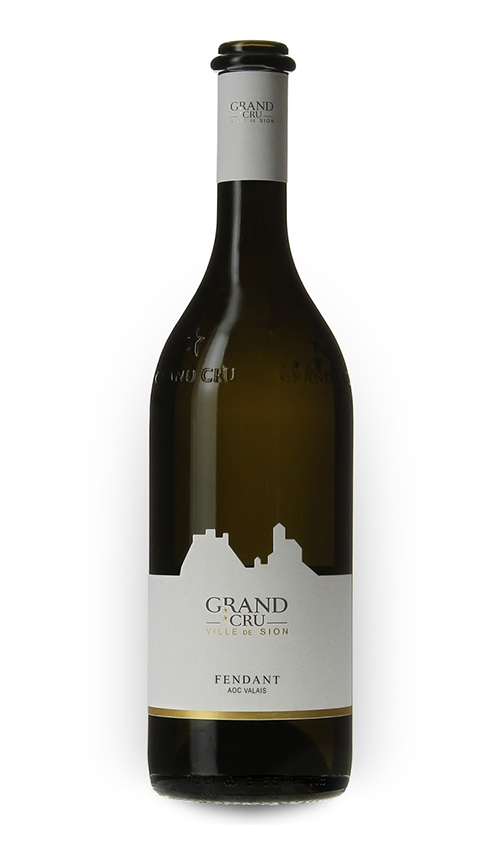
Fendant de Sion Grand Cru
Perfect match between terroir and grape variety. A wine produced from grapes meeting the most stringent quality criteria matures on selected plots. The rigorous, attentive care it receives gives it special ageing potential.


